The Noakes 'Quad' Magic Lantern or Noakesoscope (Special Auction Services wishes to extend its gratitude to Dr Richard Crangle for the following lot description and analysis), description - the lantern body of single, unitary mahogany and lacquered brass construction (not triunial with a demountable ‘single’ or two stacked biunials), but stands no taller than the average triunial: 35 inches including the baseplate, plus 2 inches for the detachable domed top and maybe another 6 inches for the absent chimney cowl; the body is 10 inches long and 9¼ inches wide, attached to its baseplate (23 by 11 inches) by two hinges along its back edge – this allows it to be tilted to elevate the lenses by around 10 degrees, secured by rotary clamps at the front corners ;there are no lifting handles; all references to ‘right’ and ‘left’ here refer to the sides of the lantern when looking ‘forward’ towards its lenses; there are four hinged access doors (6½ by 5¾ inches) on the right side, aligned with the illuminant chambers inside, and four dummy doors (moulded wooden panels screwed onto the body, complete with fake catches and inspection windows) in matching positions on the left side; the interior of the body is lined with tinned iron sheet spaced from the wood; the original chimney cowl is missing (and also not visible in a 1940s photograph); the chimney hole in the lantern top has been blanked off with a metal sheet to prevent light escaping upwards; from the ‘workshop’ photo the chimney cowl appears to have been a standard Noakes pattern; there are three sets of objective lenses (6, 8 and 10 inch focal length) and a set of lens extension tubes - these allow configurations for projection in spaces ranging from a small parlour (Gordon Noakes used the lantern in his home) up to the Albert Hall (around 130 feet [40m] ‘throw’, giving an image width of 40 feet [12m]); there are also, unusually, five extra sets of condenser lenses of varying convexity and focal length, which could be swapped in and out of the cylindrical condenser mounts within the lantern body to give further variations; in other words this was the travelling set-up of a highly professional, indeed perfectionist, lanternist who knew exactly how to achieve the best effect in different situations; it was originally illuminated by limelight: screw holes in the back of the lantern correspond to the mountings of a dissolving gas tap and pipe fastenings, as seen in the ‘workshop’ photograph; however there are references in accompanying press cuttings to electric arc illumination, so it was modified at some stage (perhaps by Gordon Noakes); the current lamp fittings, which are fed by post-1970s cables arranged neatly on the back of the lantern, are bayonet mountings for large 500-watt projector bulbs, which are mounted on horizontal bars with thumbscrews for lateral adjustment relative to the lantern body, which probably relate to the electric arcs rather than being original (they are not visible in the ‘workshop’ photograph); dimensions of lantern - 920mm high, 690mm deep, 280mm, dimensions of iron-bound wooden lantern-carrying chest - 970mm high, 640mm wide, 330mm deep, dimensions of iron-bound wooden slide chest- 840mm high, 660mm wide, 350mm deep. Analysis - the 'Noakes Quad' was a ‘workhorse’ rather than a ‘show pony’ – compared to some triunials there is no ostentatious decoration, beyond the typical wooden beading, shaped chimney and brass fittings contrasting with the mahogany body; this may reflect its being built for Noakes’s own use, rather than in the hope of attracting commercial orders; it shows signs of considerable use: some of the metal surfaces are rubbed and worn, and there is localised charring to the wooden body; rather surprisingly, the four lenses are not aligned along the vertical centre-line of the lantern body, being one inch closer to the right side than to the left: there is no obvious practical explanation for this; the same arrangement is replicated inside
The Noakes 'Quad' Magic Lantern or Noakesoscope (Special Auction Services wishes to extend its gratitude to Dr Richard Crangle for the following lot description and analysis), description - the lantern body of single, unitary mahogany and lacquered brass construction (not triunial with a demountable ‘single’ or two stacked biunials), but stands no taller than the average triunial: 35 inches including the baseplate, plus 2 inches for the detachable domed top and maybe another 6 inches for the absent chimney cowl; the body is 10 inches long and 9¼ inches wide, attached to its baseplate (23 by 11 inches) by two hinges along its back edge – this allows it to be tilted to elevate the lenses by around 10 degrees, secured by rotary clamps at the front corners ;there are no lifting handles; all references to ‘right’ and ‘left’ here refer to the sides of the lantern when looking ‘forward’ towards its lenses; there are four hinged access doors (6½ by 5¾ inches) on the right side, aligned with the illuminant chambers inside, and four dummy doors (moulded wooden panels screwed onto the body, complete with fake catches and inspection windows) in matching positions on the left side; the interior of the body is lined with tinned iron sheet spaced from the wood; the original chimney cowl is missing (and also not visible in a 1940s photograph); the chimney hole in the lantern top has been blanked off with a metal sheet to prevent light escaping upwards; from the ‘workshop’ photo the chimney cowl appears to have been a standard Noakes pattern; there are three sets of objective lenses (6, 8 and 10 inch focal length) and a set of lens extension tubes - these allow configurations for projection in spaces ranging from a small parlour (Gordon Noakes used the lantern in his home) up to the Albert Hall (around 130 feet [40m] ‘throw’, giving an image width of 40 feet [12m]); there are also, unusually, five extra sets of condenser lenses of varying convexity and focal length, which could be swapped in and out of the cylindrical condenser mounts within the lantern body to give further variations; in other words this was the travelling set-up of a highly professional, indeed perfectionist, lanternist who knew exactly how to achieve the best effect in different situations; it was originally illuminated by limelight: screw holes in the back of the lantern correspond to the mountings of a dissolving gas tap and pipe fastenings, as seen in the ‘workshop’ photograph; however there are references in accompanying press cuttings to electric arc illumination, so it was modified at some stage (perhaps by Gordon Noakes); the current lamp fittings, which are fed by post-1970s cables arranged neatly on the back of the lantern, are bayonet mountings for large 500-watt projector bulbs, which are mounted on horizontal bars with thumbscrews for lateral adjustment relative to the lantern body, which probably relate to the electric arcs rather than being original (they are not visible in the ‘workshop’ photograph); dimensions of lantern - 920mm high, 690mm deep, 280mm, dimensions of iron-bound wooden lantern-carrying chest - 970mm high, 640mm wide, 330mm deep, dimensions of iron-bound wooden slide chest- 840mm high, 660mm wide, 350mm deep. Analysis - the 'Noakes Quad' was a ‘workhorse’ rather than a ‘show pony’ – compared to some triunials there is no ostentatious decoration, beyond the typical wooden beading, shaped chimney and brass fittings contrasting with the mahogany body; this may reflect its being built for Noakes’s own use, rather than in the hope of attracting commercial orders; it shows signs of considerable use: some of the metal surfaces are rubbed and worn, and there is localised charring to the wooden body; rather surprisingly, the four lenses are not aligned along the vertical centre-line of the lantern body, being one inch closer to the right side than to the left: there is no obvious practical explanation for this; the same arrangement is replicated inside
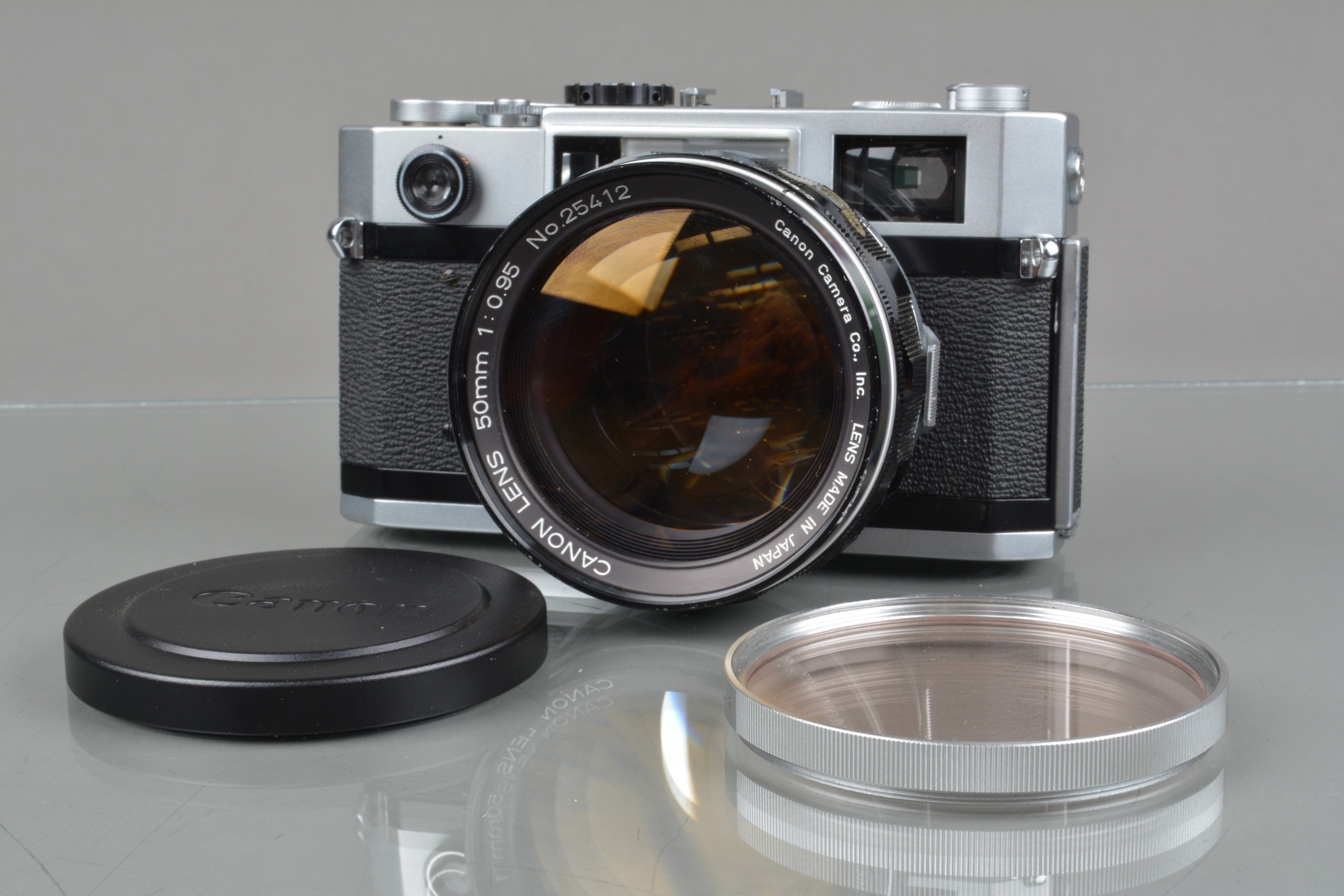
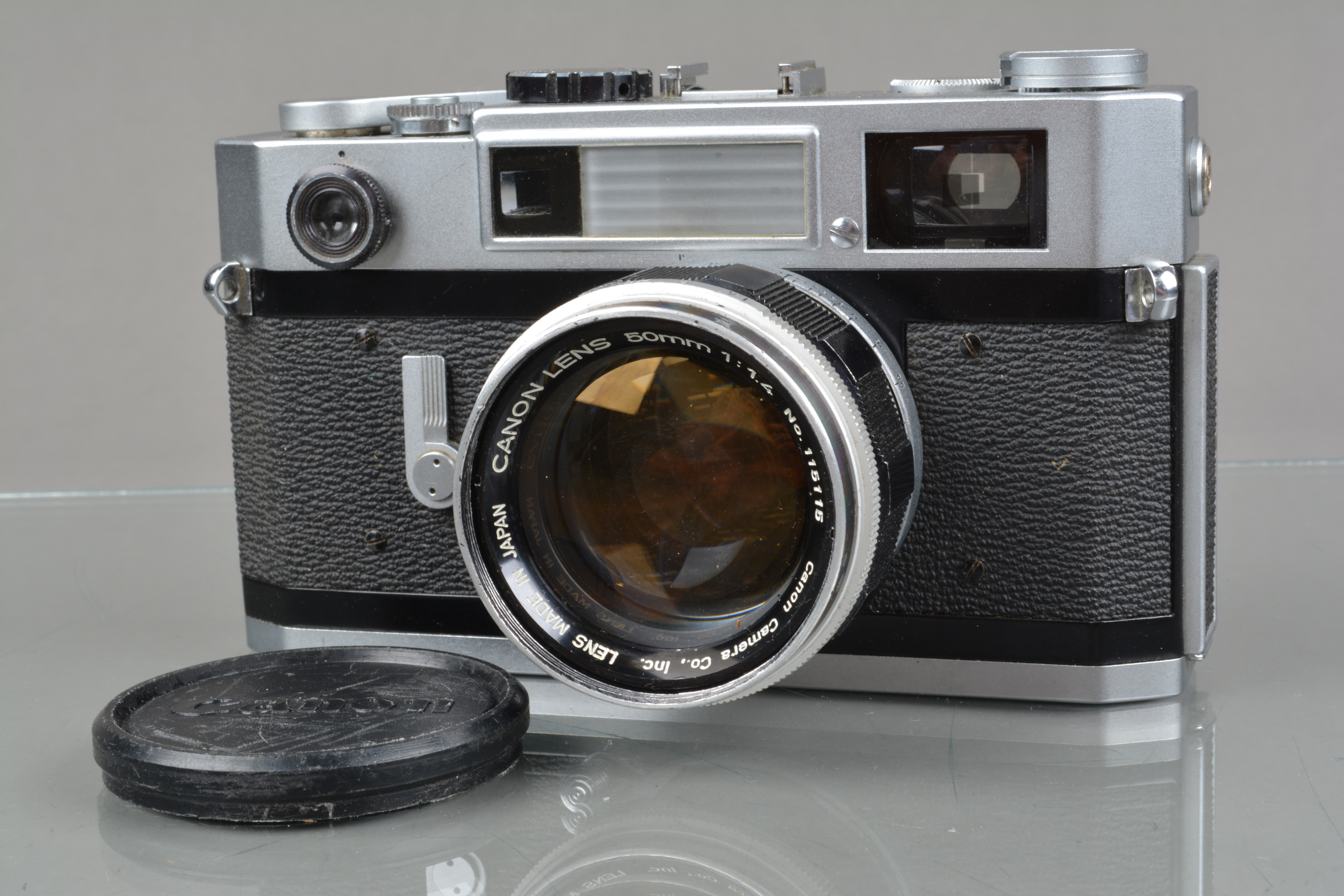
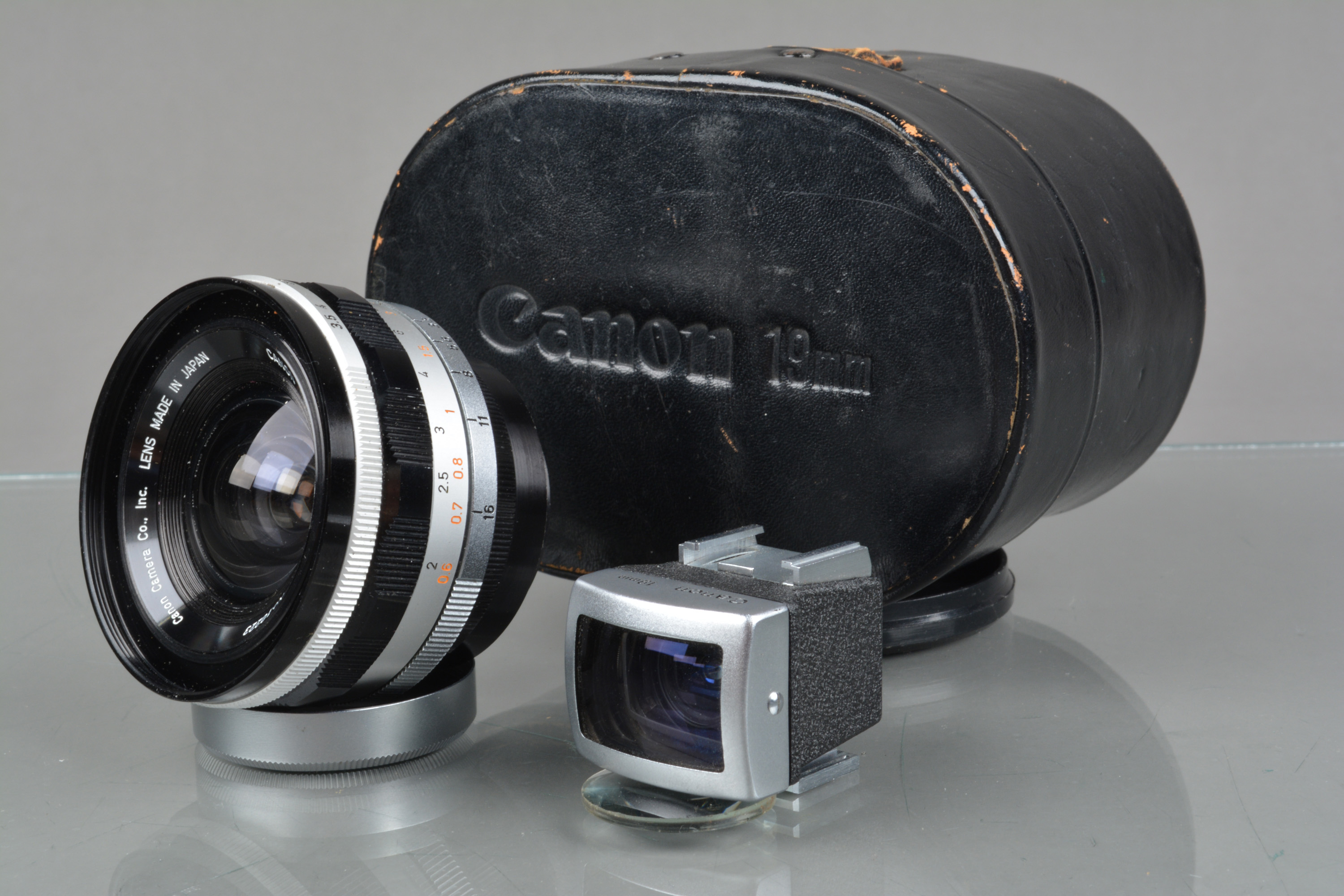
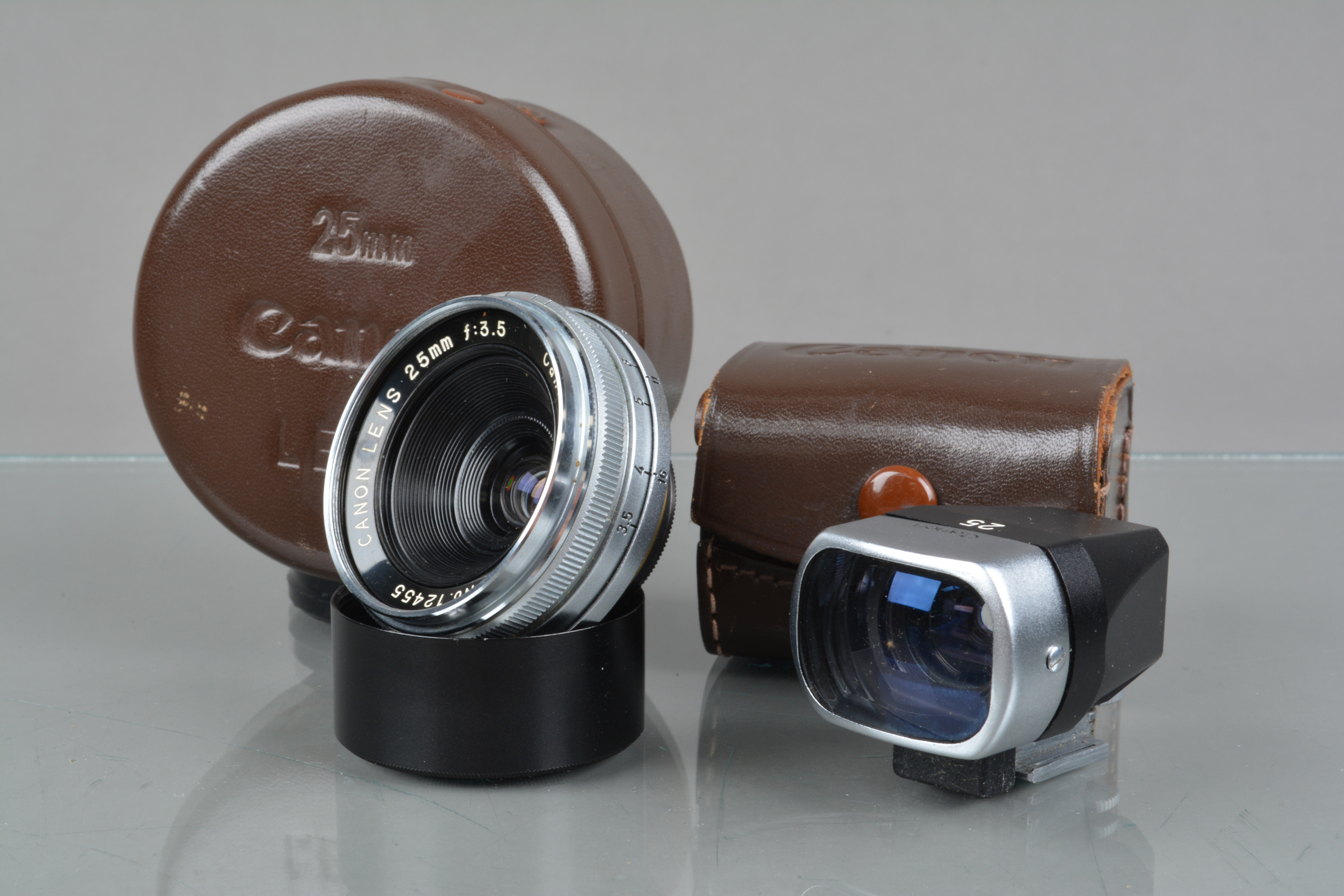
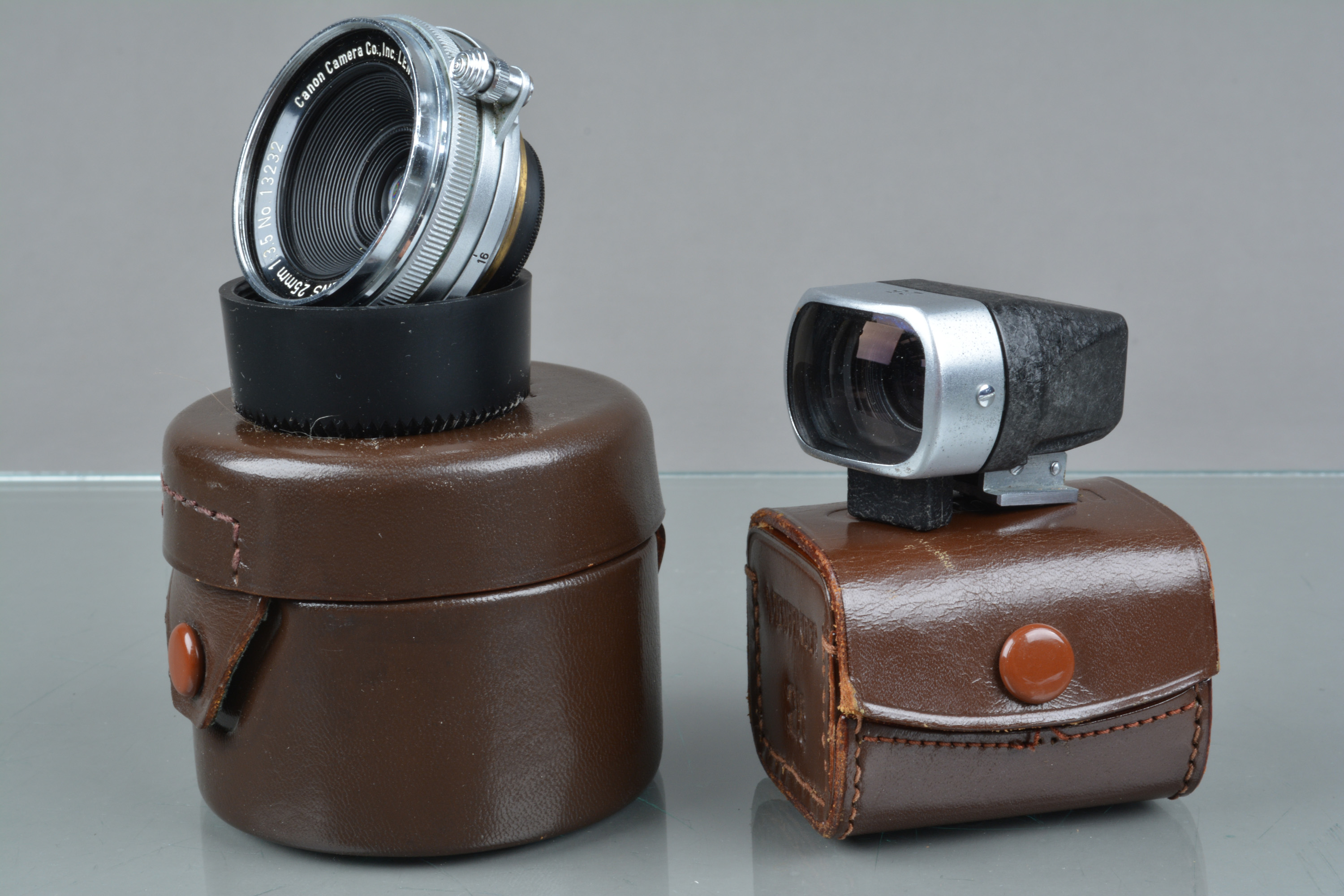
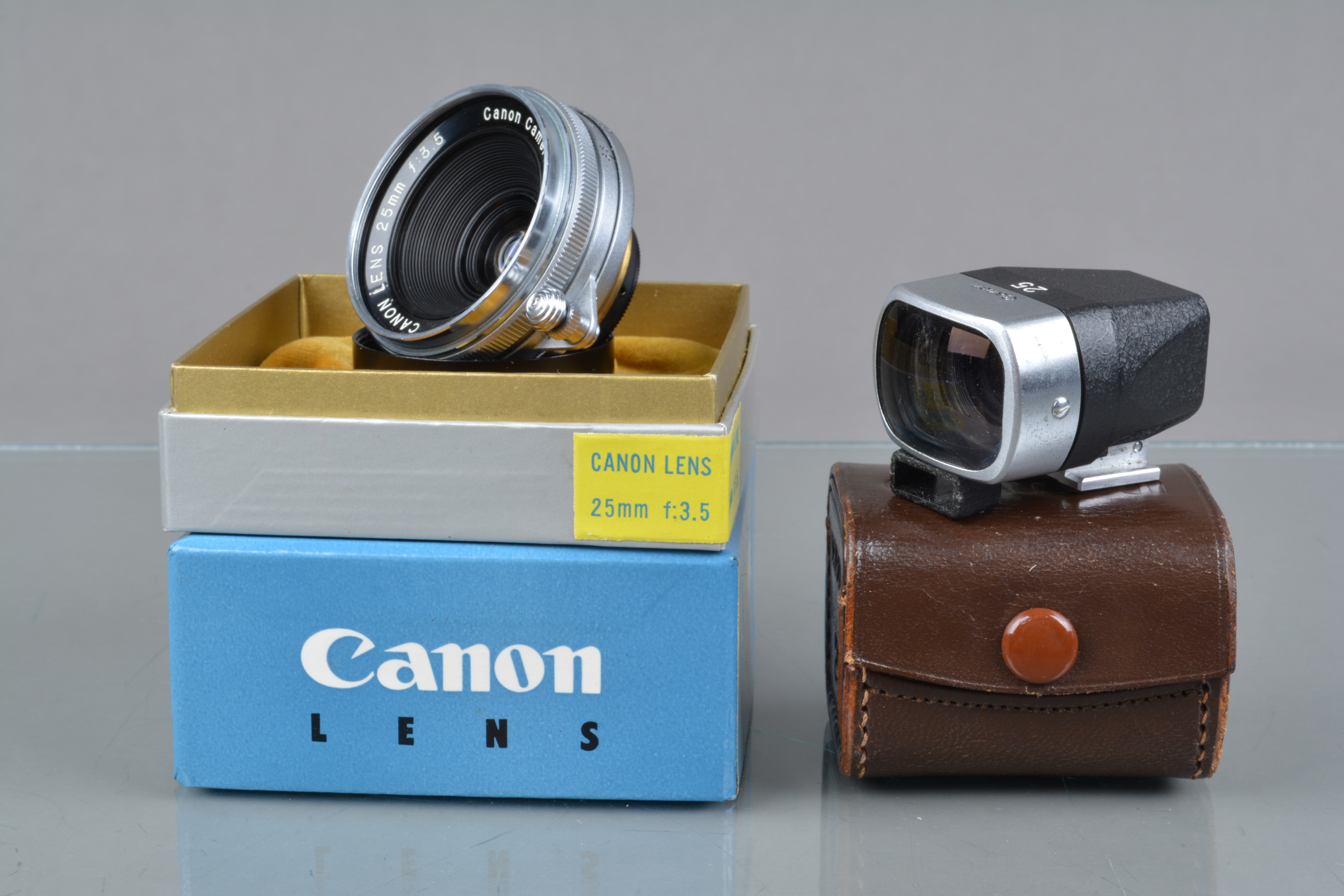
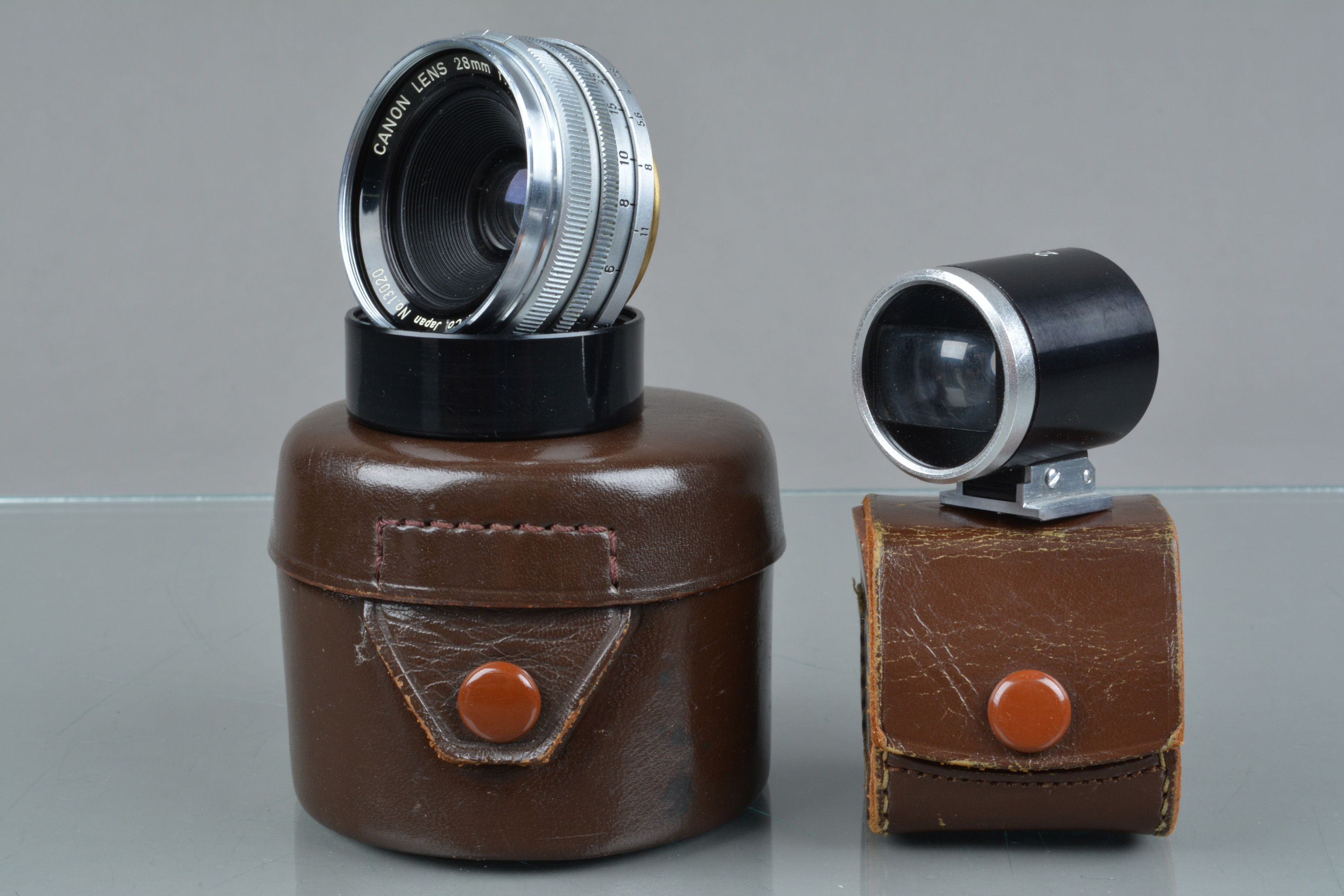
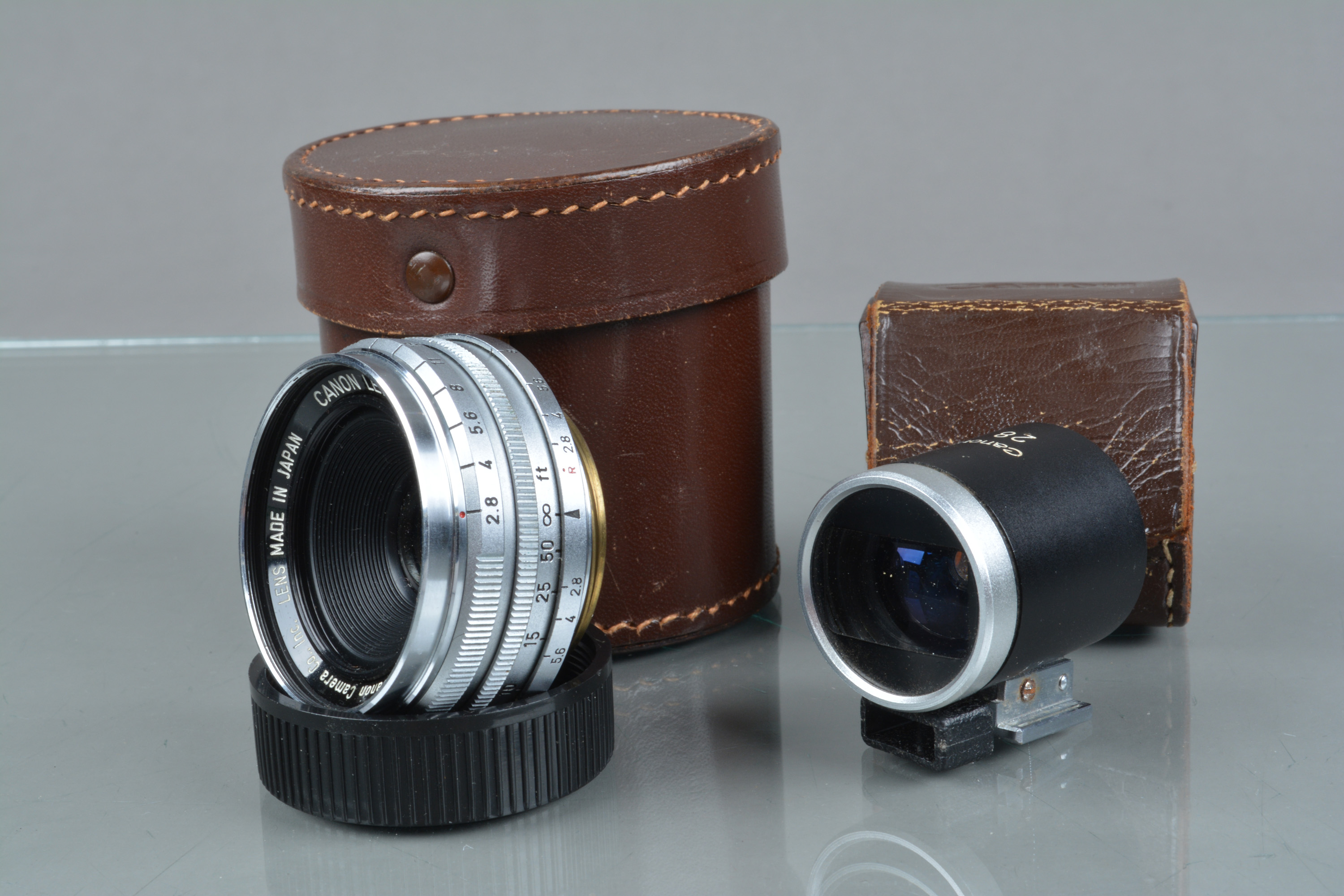
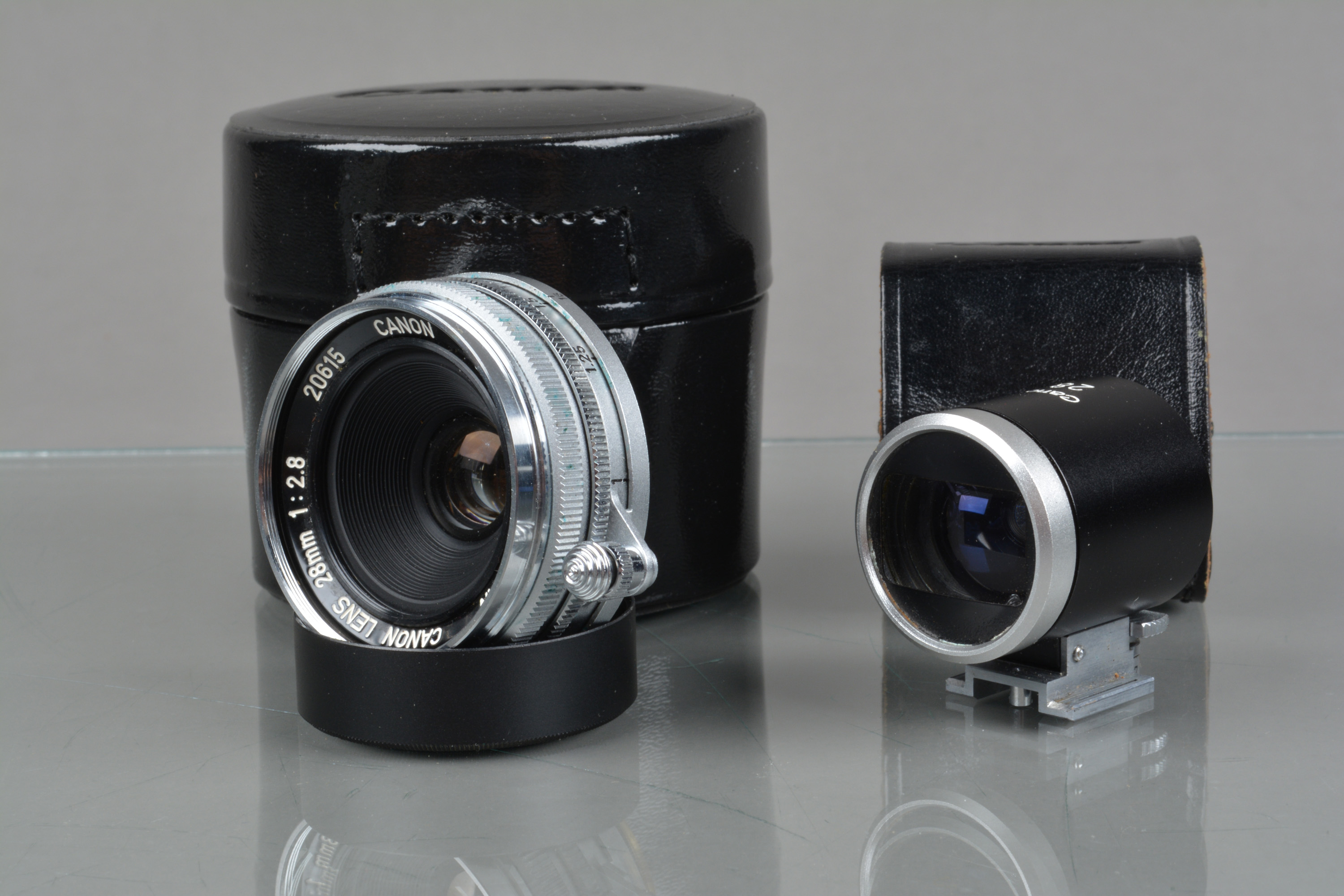
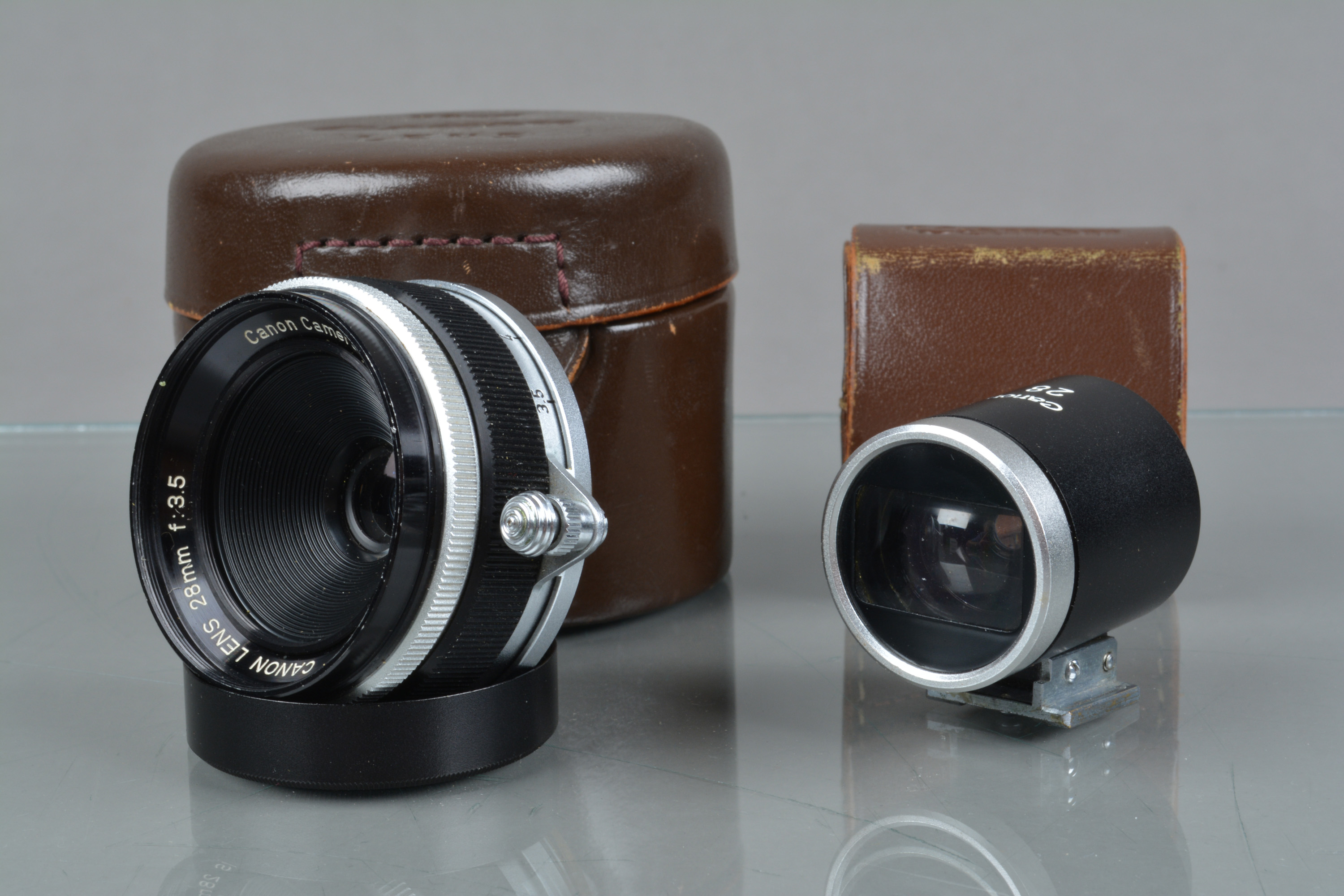
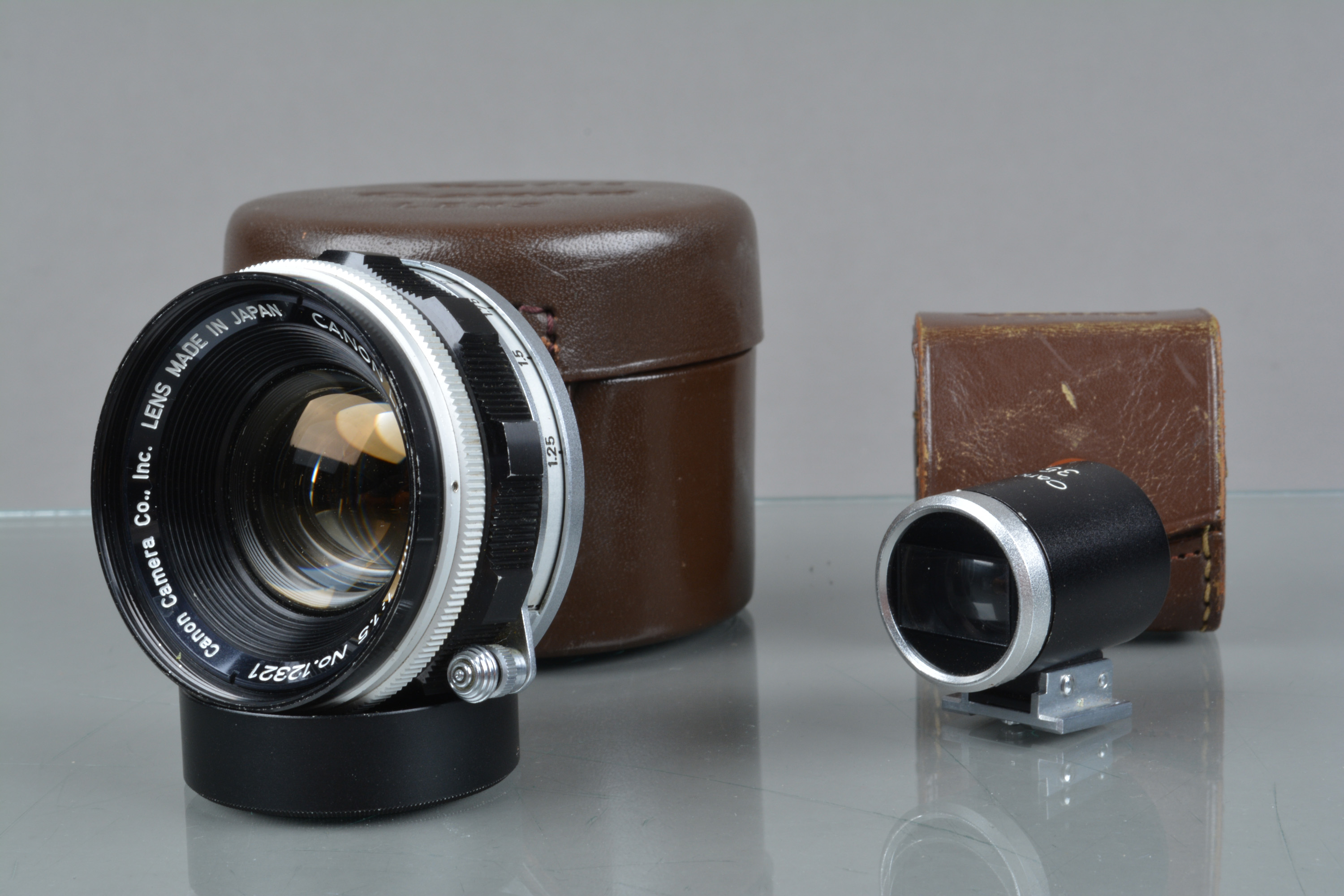
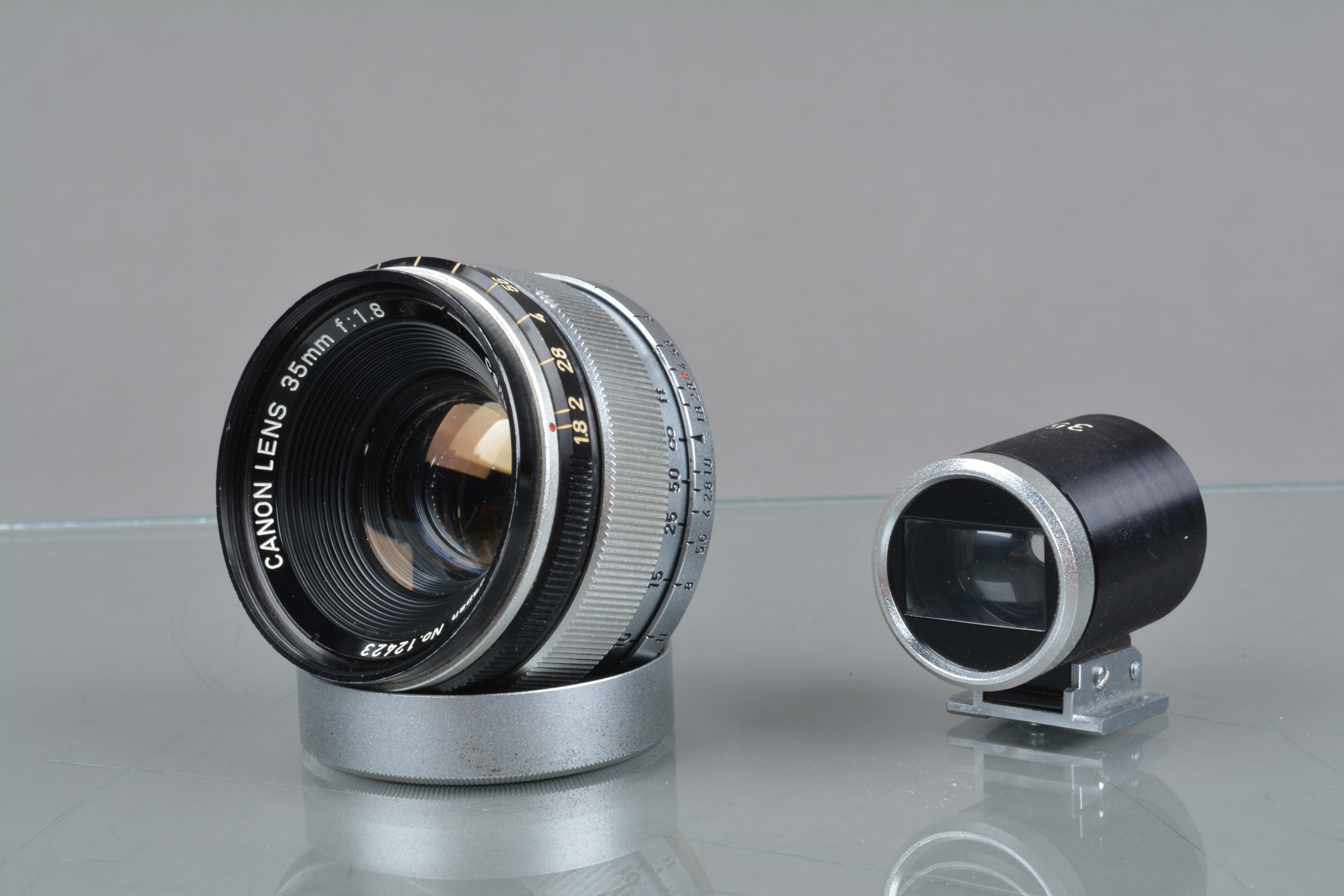
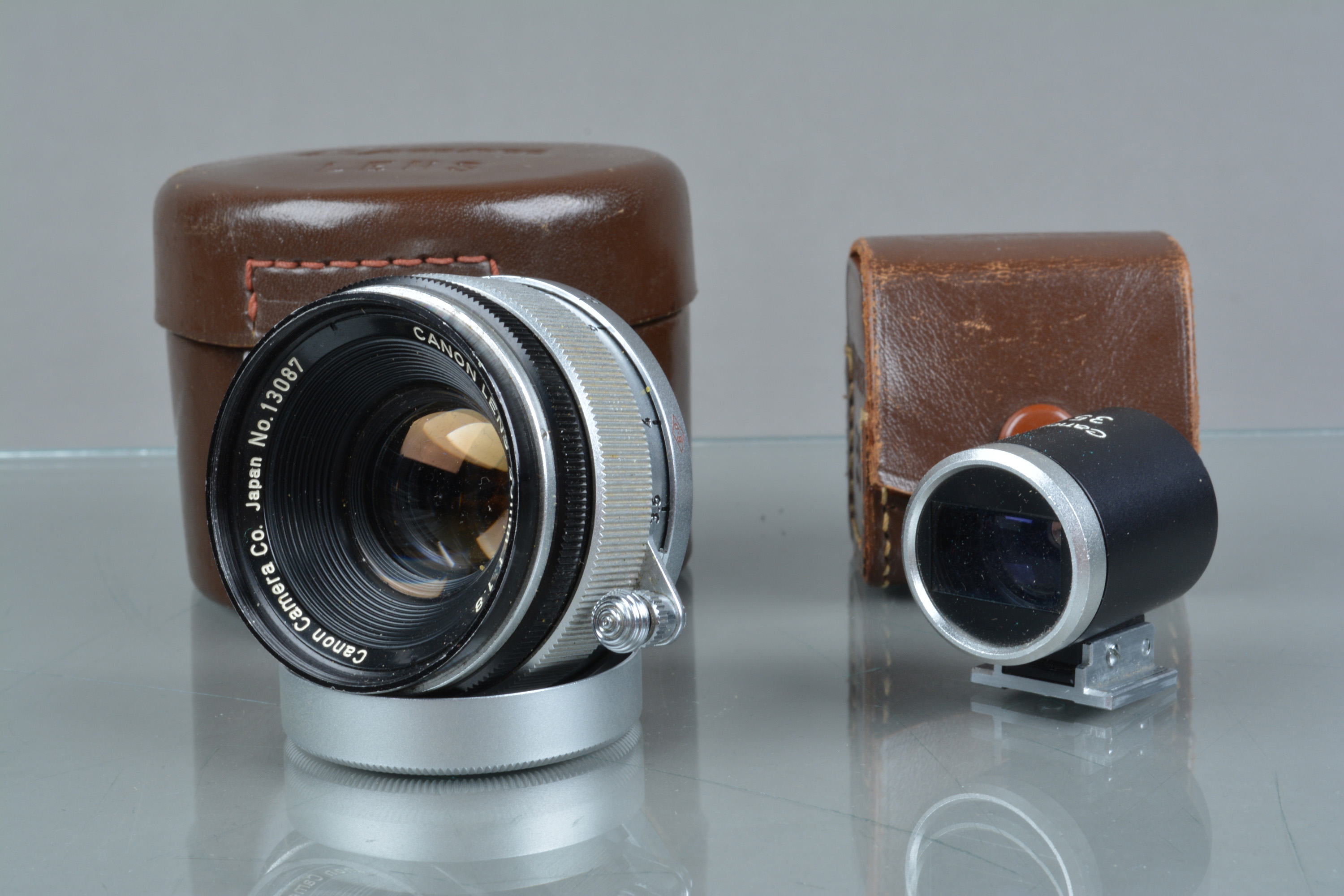
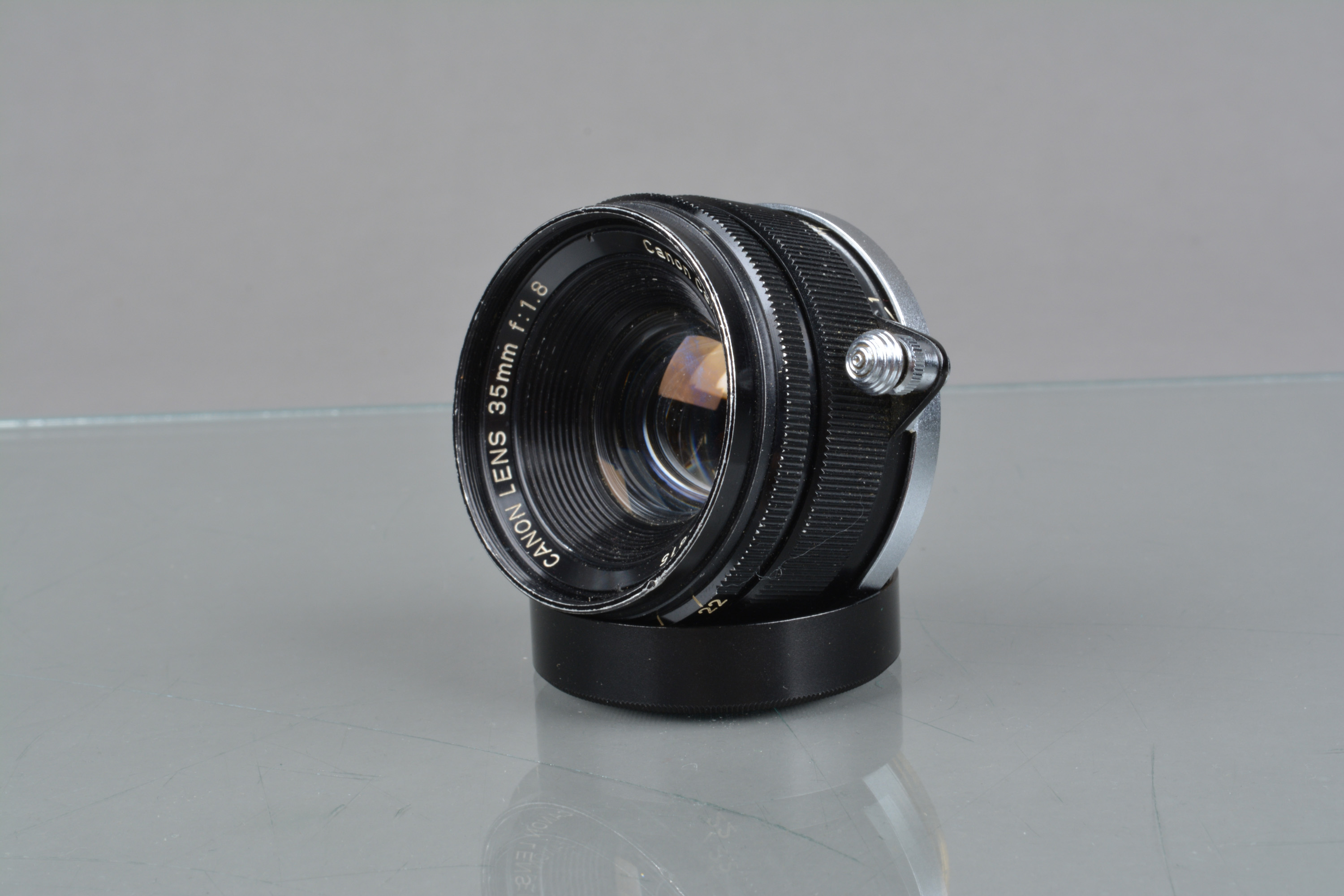
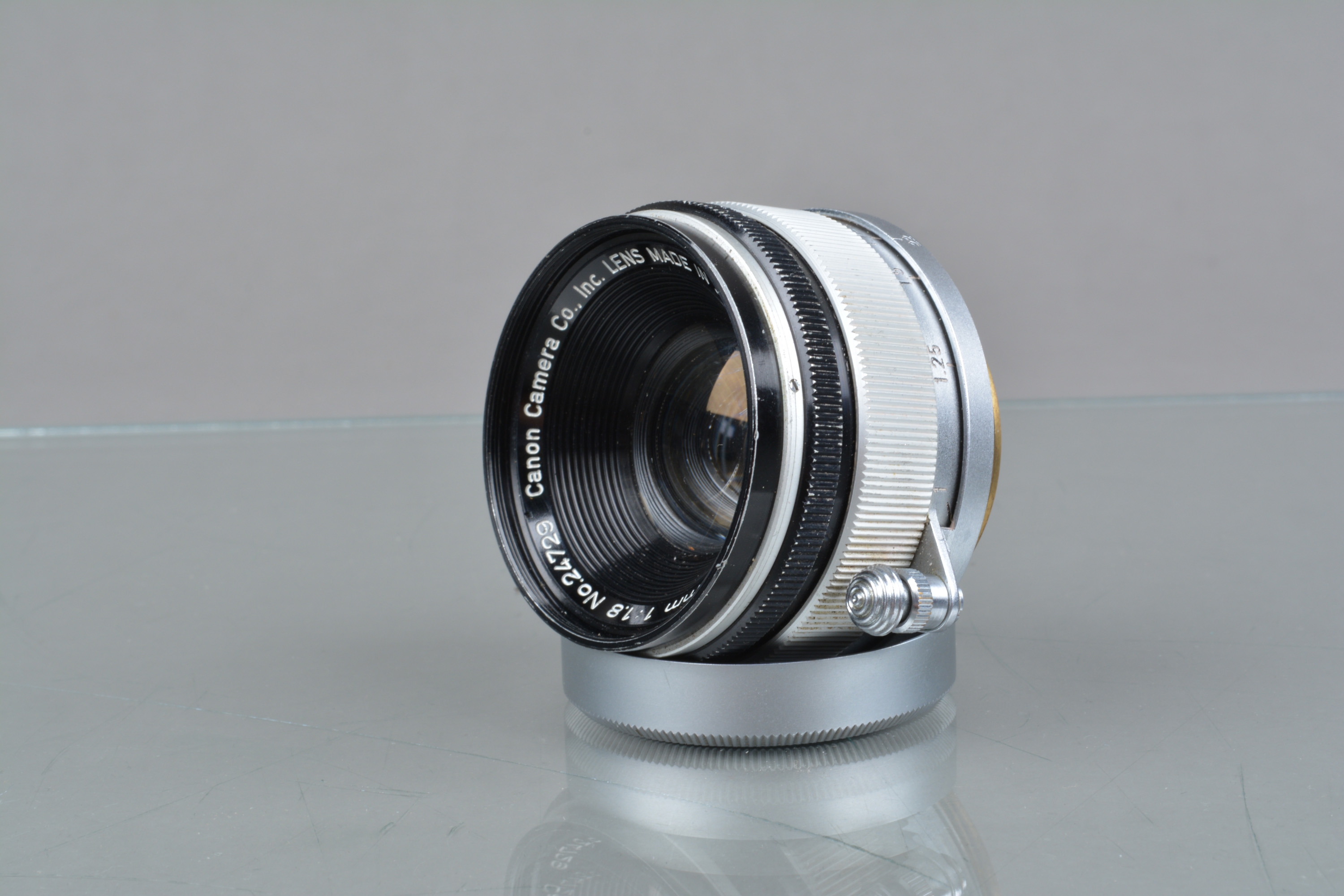
Testen Sie LotSearch und seine Premium-Features 7 Tage - ohne Kosten!
Lassen Sie sich automatisch über neue Objekte in kommenden Auktionen benachrichtigen.
Suchauftrag anlegen